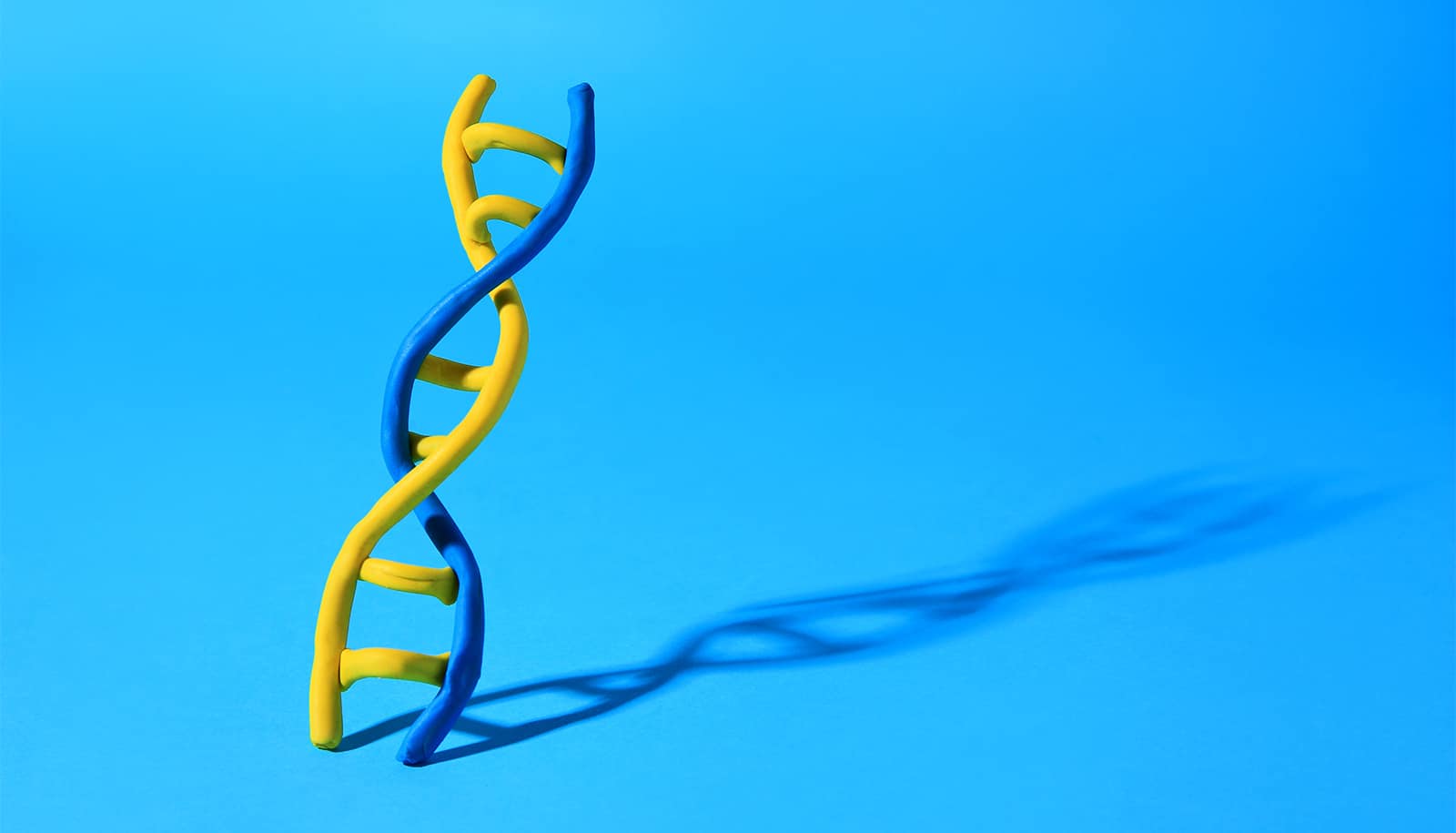Researchers have uncovered a new protein shield that aids in repairing damaged DNA in cells and affects resistance to drugs doctors use to treat breast cancer.
Breast cancer is one the most frequently occurring cancers in women worldwide, and doctors diagnose hundreds of thousands of new cases every year. Around 5-10 percent of breast cancer is hereditary, meaning that a woman inherits faulty breast cancer-causing genes from her parents.
For example, mutations in BRCA1 gene are found in many cases of hereditary breast cancer. These women are what researchers call BRCA positive. Basically, the BRCA proteins are involved in fixing broken DNA in a cell, and because BRCA mutant cells cannot accurately repair their DNA, it leads to the development of cancer. In fact, faulty DNA repair is the fundamental cause of most cancers.
The risk of developing aggressive forms of cancer in BRCA positive women is so high that some women even choose to have both breasts removed (mastectomy) as a preventative treatment.
Researchers from the Novo Nordisk Foundation Center for Protein Research at the Faculty of Health and Medical Sciences at the University of Copenhagen used mass spectrometry to uncover previously unknown proteins that are involved in repairing damages to the DNA.
To do this, they genetically engineered human cells to “tag” key proteins already known to repair DNA and looked at other proteins that interact with them.
“This is very similar to using social media, such as Facebook, for finding out interactions of a person. By analyzing social network profile of a person we can find links to the individuals he/she interacts with, but who are unknown to us,” says Rajat Gupta, first author of the study. This sophisticated analysis of “networks of DNA repair” allowed the researchers to get a detailed map of DNA repairing proteins and to discover new ones.
Breakthrough advances in recent years have led to highly promising drugs, called PARP inhibitors, that effectively cures BRCA positive cancers. Unfortunately, not all patients respond to the drug and many of those who do respond initially develop resistance to these drugs after a period of treatment.
Researchers are therefore actively trying to understand the mechanisms that cause the resistance and to find new targets that can be used to treat these resistant cancers.
Importantly, the new research has discovered a previously unknown group of proteins, which they have called Shieldin.
“We have gained new, unique insight into protein networks of the DNA repair process and identified a new ‘protein shield’ that protects broken DNA ends and thereby helps in repairing damaged DNA. Shieldin also affects treatment responses to PARP inhibitor drugs, that are among the most advanced and effective therapy for BRCA positive cancers. The new findings may contribute in making decisions for treating cancer patients and to understand the mechanisms of resistance to PARP inhibitor drugs,” says Chuna Choudhary, co-leader of the study with Jiri Lukas.
The next step will be to further understand details of protein networks, how exactly shieldin protects DNA, and how it impacts cancer resistance to PARP inhibitor. Researchers will also be interested to understand whether shieldin could be used as a new cancer drug target.
The new study appears in the journal Cell. Additional contributors are from the NIH and the University of Cologne.
Source: University of Copenhagen



